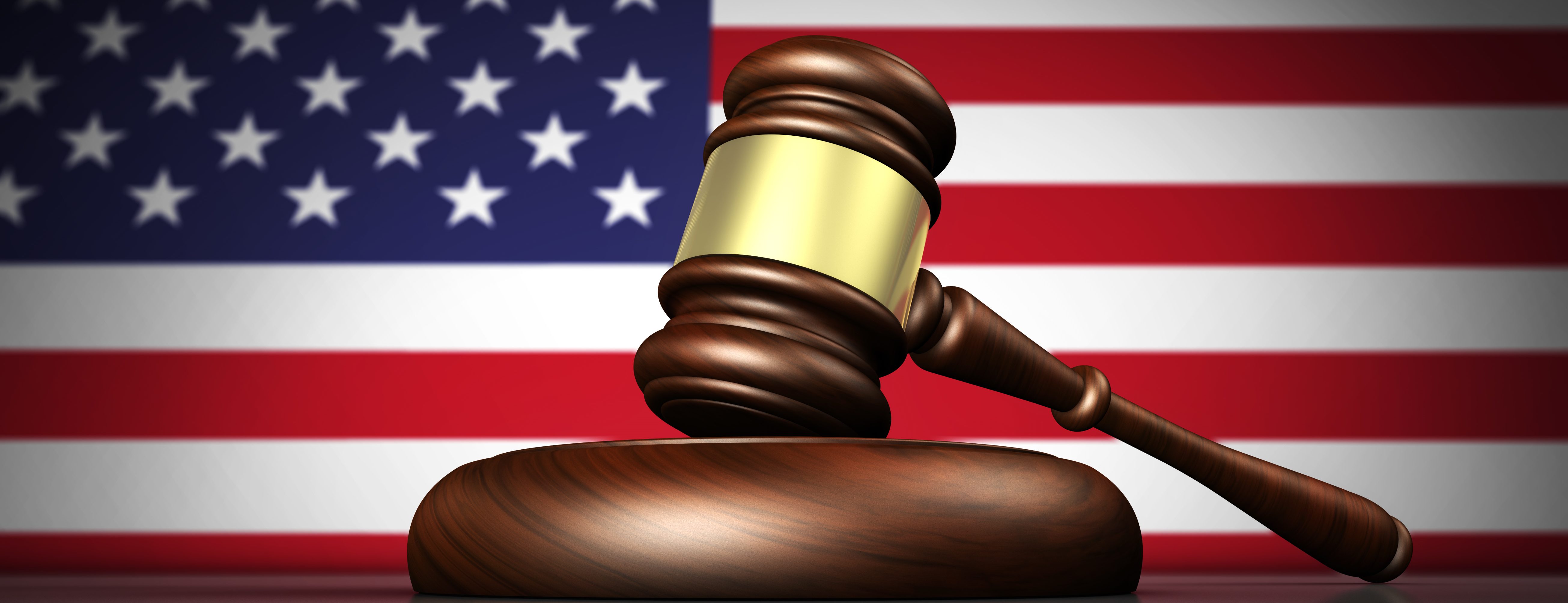E9-1-1 Compliance Challenges: Why Some Enterprises Keep Falling Behind
The Federal Communications Commission (FCC) enacted Kari’s Law and RAY BAUM’S Act to enable direct dial to 9-1-1 without prefixes, provide real-time...
3 min read
By Monica Collett Ellis, Product Marketing Director
Aug 6, 2025
In late July 2025, the FCC released a new fact sheet, FAQ, and blog by Public Safety and Homeland Security Bureau Chief Zenji Nakazawa — all aimed at clearing up persistent confusion around Enhanced 9-1-1 (E9-1-1) compliance obligations for multi-line telephone systems (MLTS). The message is clear: there’s no such thing as being “grandfathered in” forever. If your organization is operating an MLTS, even one installed years ago, compliance with Kari’s Law and RAY BAUM’S Act may already be required due to upgrades, reconfigurations, or how your system handles 9-1-1 calls.
Think your legacy system is off the hook? This blog clarifies the FCC’s guidance, who it applies to, and how to steer clear of costly compliance mistakes.
A major theme coming out of the FCC’s action is this: compliance is not optional, and your MLTS system may be subject to these rules, even if it was installed before Kari’s Law or RAY BAUM’S Act took effect.
Whether you're a school district with an aging PBX, a hospital that just upgraded to cloud-based VoIP, or a hotel that added new extensions last year — this applies to you. The latest guidance reinforces that:
Who Must Comply?
According to the FCC’s fact sheet and FAQs, any entity that operates an MLTS — including businesses, government agencies, schools, and healthcare providers — are subject to E9-1-1 rules once their system is “newly installed, manufactured, imported, offered for sale or lease, or sold or leased after February 16, 2020.”
However, even older systems must comply if they’ve been significantly upgraded or reconfigured. These could include:
Essentially, if your MLTS doesn’t look or behave exactly like it did pre-2020, it likely triggers compliance requirements.
Chief Nakazawa directly addresses this in his blog:
“Let me be clear: systems are not grandfathered in perpetuity. Many entities that initially thought they were exempt may no longer be.”
This misunderstanding has led to dangerous gaps in 9-1-1 availability. Whether due to confusion, outdated assumptions, or unclear vendor messaging, some organizations believe they don’t have to provide direct 9-1-1 dialing or dispatchable location. The FCC’s new materials aim to shut down that line of thinking.
Under Kari’s Law, MLTS systems must:
Under RAY BAUM’S Act, MLTS systems must:
The FCC reemphasizes that these are not “best practices” or “nice to haves” — they are requirements.
The FAQs outline several examples of when compliance may become mandatory:
If your telecom environment has evolved, your compliance status likely has too.
Navigating compliance isn’t easy — especially when systems are complex and constantly evolving. Intrado offers E9-1-1 solutions designed to help your organization meet FCC mandates with confidence, ensuring that:
Contact us to learn how Intrado can help support your E9-1-1 compliance journey.
Intrado - Always there in an emergency.
Call (877) 862-2835 or fill out the form below and a representative will be in touch with you shortly.

The Federal Communications Commission (FCC) enacted Kari’s Law and RAY BAUM’S Act to enable direct dial to 9-1-1 without prefixes, provide real-time...

Enterprises Are Now Required to Provide Dispatchable Locations With 911 Calls Intrado applauds the Federal Communications Commission (FCC) for...

Your duty of care extends beyond compliance with state and federal E9-1-1 regulations like Kari’s Law and RAY BAUM’S Act. Duty of care is an...

Intrado commends the New York City Council for the recent passage of the new E911 legislation, “Requiring direct telephone access to 911 service.”...